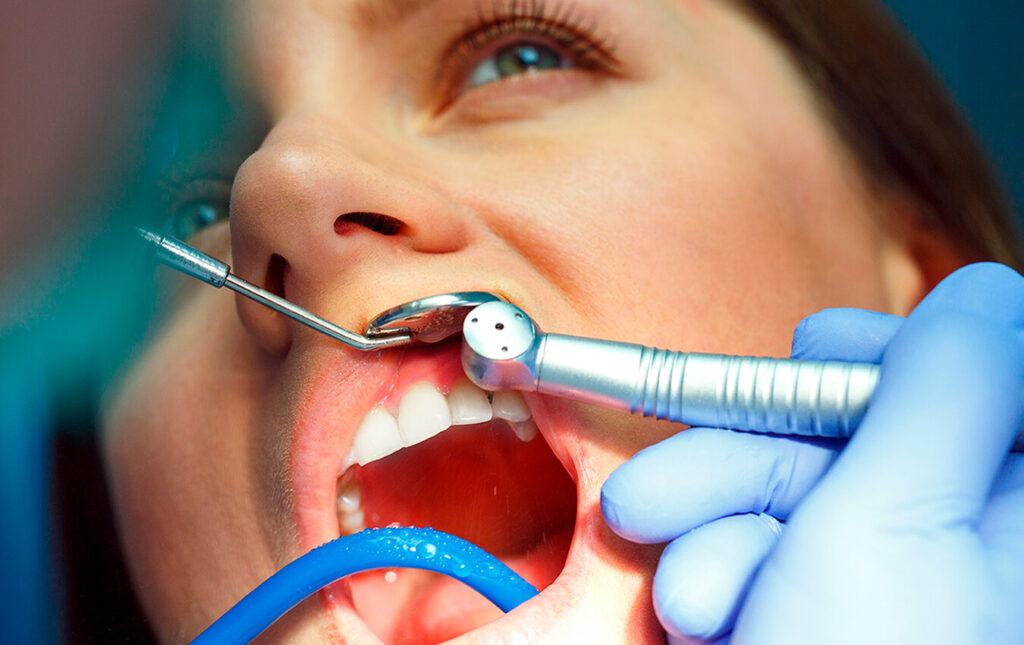
Gum surgery, also known as periodontal surgery is a procedure including different types of methods in order to treat the gingiva or the soft tissues surrounding one’s teeth as well as their supporting bone. Among these, gum surgery includes: crown lengthening, gingival flap surgery, gingivectomy, gingivoplasty, soft-tissue graft, bone surgery, regenerative procedures. Gum surgeries are performed by a periodontist who specializes in treating gum-related disorders.
Benefits
- gum or gingival tissue is as important as overall dental health when it comes to a beautiful smile; improved periodontal health
- by cosmetic dentistry, the gum tissue can be corrected so as to be in harmony with the white teeth; increased chances of keeping your natural teeth stand
- elimination of a “gummy smile”, where your gums are exposed and your teeth appear smaller, longer or in the wrong place
- by eliminating the existing bacteria, the regenerating bone and tissue helps to reduce pocket depth and also repair the damage caused by periodontal disease
Who is this procedure for?
Gum surgery is indicated to all those suffering from a gum disease which makes their gums look poorly. A periodontist may recommend you a periodontal surgery, necessary when the tissue around your teeth is unhealthy and cannot be repaired with other non-surgical treatments tried before. Periodontists and the cosmetic surgery in general can help you reshape your gum line to expose your ideal smile, can create the foundation for beautiful crowns, or they can cover exposed roots making your teeth last longer.
Who should not consider this procedure?
As the gum surgery involves many techniques and many kinds of corrective gum surgery, special attention must be paid before taking any action. There are procedures more or less painful and the individual features must be taken into consideration. Medicine cures, predispositions to infection, over bleeding predispositions, immune system deficiency, certain heart conditions, and artificial joints must be discussed with your doctor before any kind of gum surgery.
What happens before the procedure?
Once it is established that a patient needs gum surgery, before the procedure the periodontist checks the patient’s medical and dental history, current medications, the existing x-rays, in order to determine the appropriate form of gum surgery. The surgery is scheduled but prior to the procedure patients may be asked to follow a thorough cleaning of the teeth, which may include scaling and root planning to remove the calculus. In more complicated interventions and depending on the patient’s medical condition a periodontist may prescribe antibiotics for those patients with an increased risk of infection, before or after the procedure.
What happens during the procedure?
Depending on what sort of procedure is being performed, the gum surgery unfolds differently. A local anesthetic is necessarily, to numb the gums. In most of the cases, surgeries are performed with a scalpel, special angled blades, electrosurgery, laser surgery, dental burs which were designed to cut or grind. From case to case, the periodontist may only have to remove a little bit of gum tissue but more often he needs to remove bone from around the roots of the affected tooth, using rotary instruments resembling dental drills. After the intervention on the gum, he stitches the gum flaps together. A gum surgery can last from a few minutes to hours, depending on the amount of tissue to be removed or the type of procedure.
What happens after the procedure?
A periodontal dressing meant to protect the area may be placed over the gum and left there between 7-14 days. Patients may be asked to avoid certain foods and to follow a soft diet. They may be prescribed pain medications, antibiotics to prevent infection or a mouthwash that contains an antimicrobial agent. Patients will be given hygiene instructions. In case of gingival flap surgery or crown lengthening swelling may appear which can be relieved with an ice pack applied outside the affected area. Crown lengthening requires examination within 7 to 10 days for suture removal.

